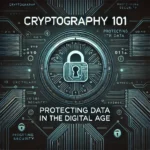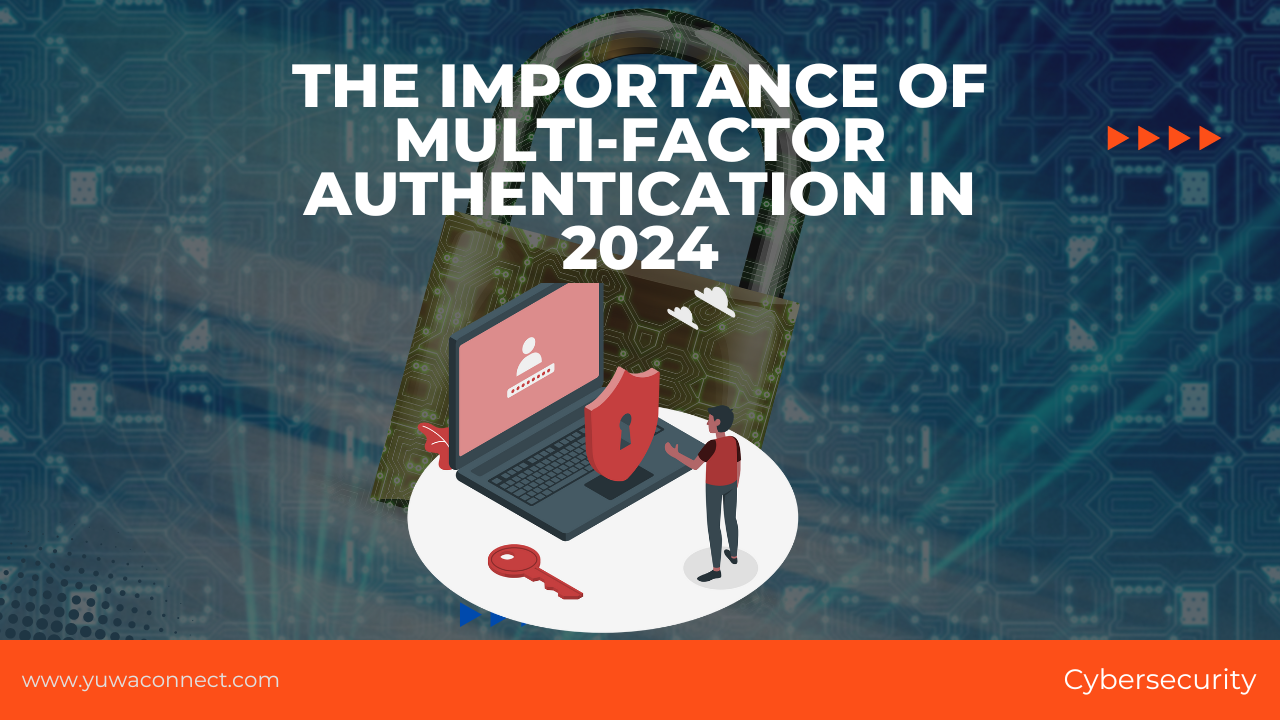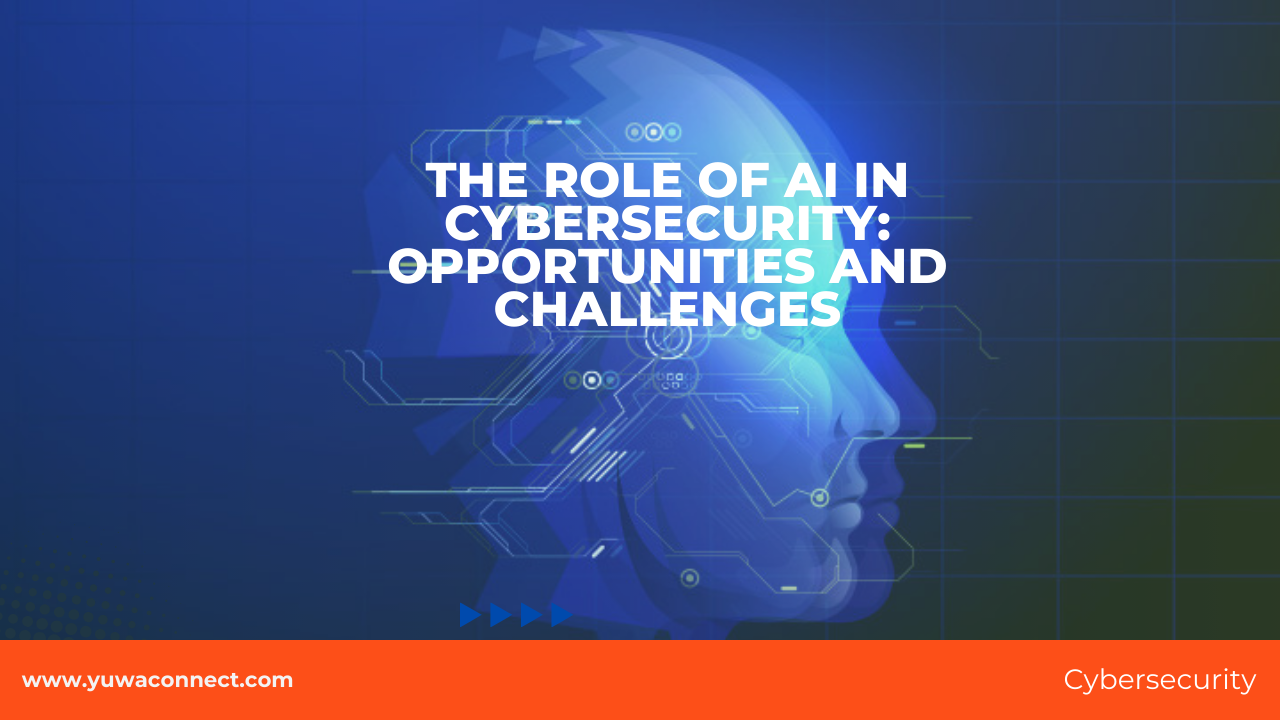Introduction
In today’s digital age, our personal and professional lives are increasingly intertwined with technology. We rely on countless online accounts to manage our finances, communicate, and access essential services. However, with this increased reliance comes a heightened risk of cyberattacks. One of the most effective ways to bolster your online security is by implementing multi-factor authentication (MFA).
What is Multi-Factor Authentication?

Multi-factor authentication is a security measure that requires users to provide more than one form of identification to gain access to an account or application. Typically, MFA involves combining two or more of the following factors:
- Something you know: This is often a password or PIN.
- Something you have: This could be a security token, smartphone, or security key.
- Something you are: Biometric data such as fingerprints, facial recognition, or voice recognition.
Why is MFA Important in 2024?
The digital landscape is constantly evolving, and so are the threats. Cybercriminals are becoming more sophisticated and persistent in their attempts to steal personal data. MFA adds an extra layer of security that makes it significantly more difficult for unauthorized individuals to access your accounts.
Here are some key reasons why MFA is crucial in 2024:
- Enhanced security: By requiring multiple forms of verification, MFA makes it much harder for hackers to compromise your accounts, even if they have your password.
- Compliance with regulations: Many industries have stringent data protection regulations that mandate the use of MFA.
- Protection against phishing attacks: MFA can help prevent you from falling victim to phishing scams, where attackers try to trick you into revealing your credentials.
- Peace of mind: Knowing that your accounts are protected by MFA can give you peace of mind and allow you to focus on more important things.
How to Implement MFA
Most online services and applications now offer MFA as an optional or mandatory security feature. To enable MFA on your accounts, follow these general steps:
- Log in to your account.
- Navigate to the security settings.
- Enable MFA and choose your preferred verification method.
Conclusion
In a world where cyber threats are ever-present, multi-factor authentication is a simple yet powerful tool that can significantly enhance your online security. By taking the time to implement MFA on your accounts, you can protect your sensitive information and reduce the risk of falling victim to cyberattacks.
[Add a strong call to action here, such as encouraging readers to enable MFA on all their accounts]
Possible topics for further exploration:
- The different types of MFA and their pros and cons
- How to choose a strong, unique password
- Tips for creating a secure password manager
- The role of MFA in preventing data breaches
Conclusion
Multi-factor authentication (MFA) is a security measure that is becoming more important. It adds an extra layer of protection against unauthorized access and data breaches. By using various authentication methods, such as biometrics, push notifications, one-time passwords, and hardware tokens,
MFA helps to safeguard user identities and sensitive systems from malicious individuals. Additionally, artificial intelligence (AI) can enhance the effectiveness of MFA by analyzing user behavior and assigning risk scores to different login attempts. To ensure the safety of their users and data, organizations should consider implementing MFA as part of their security measures.











3 thoughts on “The Importance of Multi-Factor Authentication in 2024”